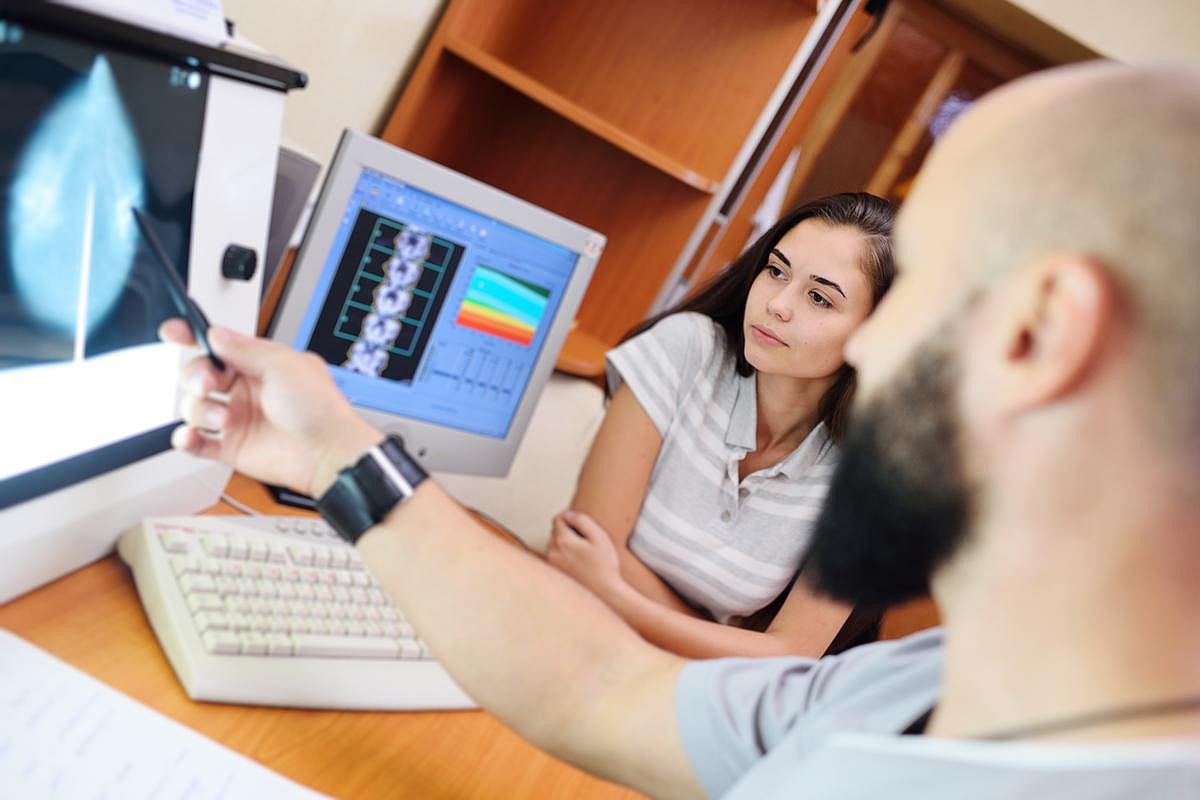With the best-performing uncertainty metric, 61.9 percent of examinations were read by radiologists in a recent study
By Elana Gotkine HealthDay Reporter
MONDAY, Aug. 25, 2025 (HealthDay News) — An artificial intelligence (AI) strategy can reduce radiologists’ workload by incorporating an interpretation of mammography that includes uncertainty quantifications, according to a study published online Aug. 19 in Radiology.
Sarah D. Verboom, from Radboud University Medical Center in the Netherlands, and colleagues examined the reduction in radiologists’ reading workload in mammographic screening while maintaining performance by incorporating an AI model that outputs a probability of malignancy (PoM) and a measure of its uncertainty. Eight candidate uncertainty metrics were tested. A hybrid reading approach was proposed. When predictions were deemed confident, recall decisions were made by the model; otherwise, radiologist double reading was applied. Recall and cancer detection rates were compared to standard double reading.
A total of 41,469 examinations from 15,522 women were included in the data set. The researchers found that 61.9 percent of the examinations were read by radiologists with the best-performing uncertainty metric, the entropy of the mean PoM of one region. Hybrid reading resulted in a recall rate of 23.6 percent and a cancer detection rate of 6.6 percent, which was similar to the 23.9 and 6.6 percent, respectively, seen with standard double reading. Compared with examinations with certain predictions, the model’s area under the receiver operating characteristic curve was lower for examinations with uncertain predictions.
“Although the overall performance of state-of-the-art AI models is very high, AI sometimes makes mistakes,” Verboom said in a statement. “Identifying exams in which AI interpretation is unreliable is crucial to allow for and optimize use of AI models in breast cancer screening programs.”
Several authors disclosed ties to the medical technology and device industries.
Editorial (subscription or payment may be required)
Copyright © 2025 HealthDay. All rights reserved.








